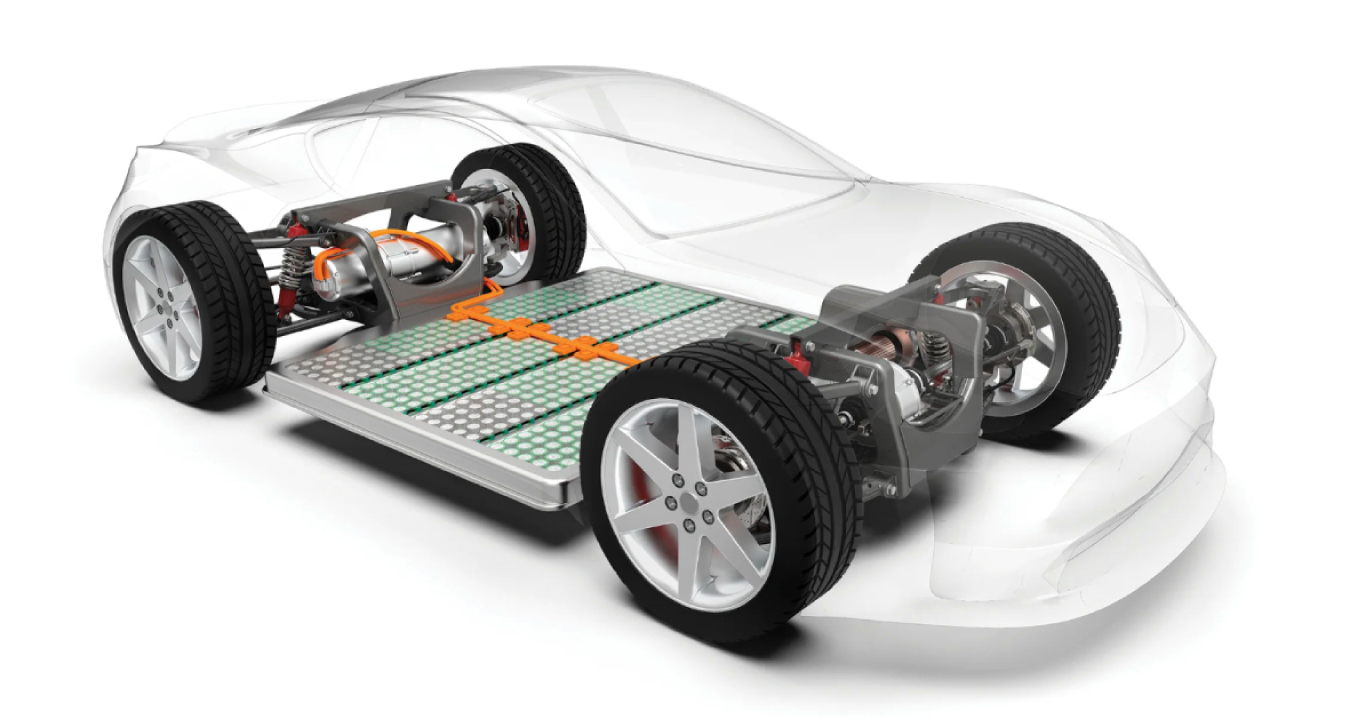Overall Equipment Efficiency (OEE) was first described as the nucleus of the Total Productive Maintenance (TPM) methodology in Seiichi Nakajima’s book TPM TENKAI in 1982. Gaining momentum from the late eighties, OEE courses have become a standard in TPM curriculum and their use is widespread across a wide range of manufacturing industries today. Although OEE has become a necessity today for survival in the competitive environment thrown open by the internet, the primary goal for which it was devised was to improve metrics leading to better business. Measuring OEE is a manufacturing best practice.
OEE score is a combination of 3 factors – Availability, Performance and Quality. One of the major goals of OEE is to reduce the six big losses of TPM and Lean Manufacturing which are covered by these 3 factors – Unplanned Stops due to Equipment Failure, Planned Stops due to Setup and Adjustments which affect Availability; Small Stops due to Idling and Minor Stops, Slow Cycles due to Reduced Speed affecting Performance; Production Rejects due to Process Defects, Reduced Yield due to Startup Rejects.
Implementing OEE has its own challenges which need to be taken care of. While discrete and batch processes are measurable, measuring the parameters in a continuous process is complex and needs special attention. The benefits of monitoring OEE are many, making it worthwhile to invest in the exercise. Here are some of the key benefits that make OEE so important for any manufacturing process.
Return on Investment (ROI)
Often huge investments are made on machinery and processes, and achieving maximum ROI in the shortest possible time is desired. By giving an insight into the six big losses, OEE helps the management minimise wastage and improve performance.
Ability to Measure and Decide
Actionable data is achieved only when it is measured. OEE allows the quantification of efficiency and visibility of the actual operation based on which decisive steps can be taken for business improvement.
Measurement of Actual Efficiency
Often the real process efficiency is much lower than what appears. Actual efficiency can be obtained only after measuring with OEE. Termed as ‘the hidden factory’, it uncovers valuable information for the management to act on.
Reduction in Machinery Repair Costs
The Overall Equipment Efficiency system is able to proactively reduce shutdowns, reduced speeds etc. Preventive Maintenance can be performed and improve the life of any machinery, saving valuable money for the company.
Scalability
Perhaps the biggest advantage of OEE is its scalability. It can be performed on any one machinery, and it can be implemented on more machinery in a phased manner, making it easy for the management to invest in a wise manner. It can also be implemented across a line, a zone, a site or for an group of factories.
Competitiveness
With the proliferation of the internet, the whole world has become a marketplace and competition is very high. By measuring the parameters with OEE, a business can invest the money saved on further research and product development and remain competitive.
Applicability to all levels
Information provided by OEE applies to all levels of the production process from the shop floor to the top management. It is insightful and fosters healthy internal competition among teams, while at the same time enabling the top management to work on maximising returns.
Visualised Performance
OEE visualises performance and categorises into the 3 broad divisions of Availability, Performance and Quality, finally narrowing down to the single most actionable metric.
Often it is a trade-off between any two parameters and improving one may result in reduction in the other. But the exercise in implementing it is worth the effort and makes perfect business sense.
Learn how MELSS can offer various solutions which help in improving OEE and implementing MES.





